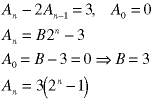
[WPI] [cs2223] [cs2223 text] [News] [Notes] [Recurrence] [Solving]
The final step is the elimination of the undetermined coefficients, which we have been carrying around since Step 2 - they came from the homogeneous solution. We do this by using initial or boundary conditions to evaluate the coefficients.
Recall that we got one undetermined coefficient from each order in the homogeneous solution: a first-order recurrence relation produces one undetermined coefficient; a second-order relation produces two, etc. Thus we need one initial condition for each order in the recurrence relation.
Note, a numerical demonstration that we got the right answers is contained in the attached Excel spreadsheet. A zip version is attached for those whose browsers have difficulty downloading Excel files.

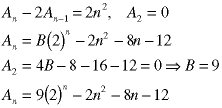
Note that this Example used an initial condition at n=2, not zero.
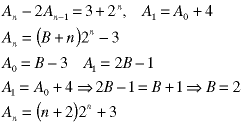
Note the form of the initial condition. No explicit values were given, only the relationship between two starting valuees.
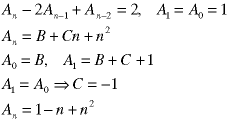
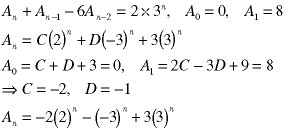
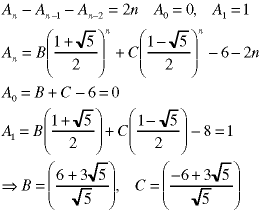
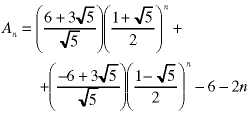
Note that the values of this sequence are real for integral values of n.
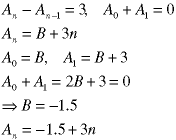
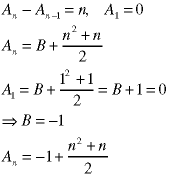
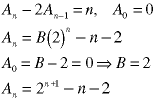
![]()
![[WPI Home Page]](../../../../images/wpi_logo_small.gif) |